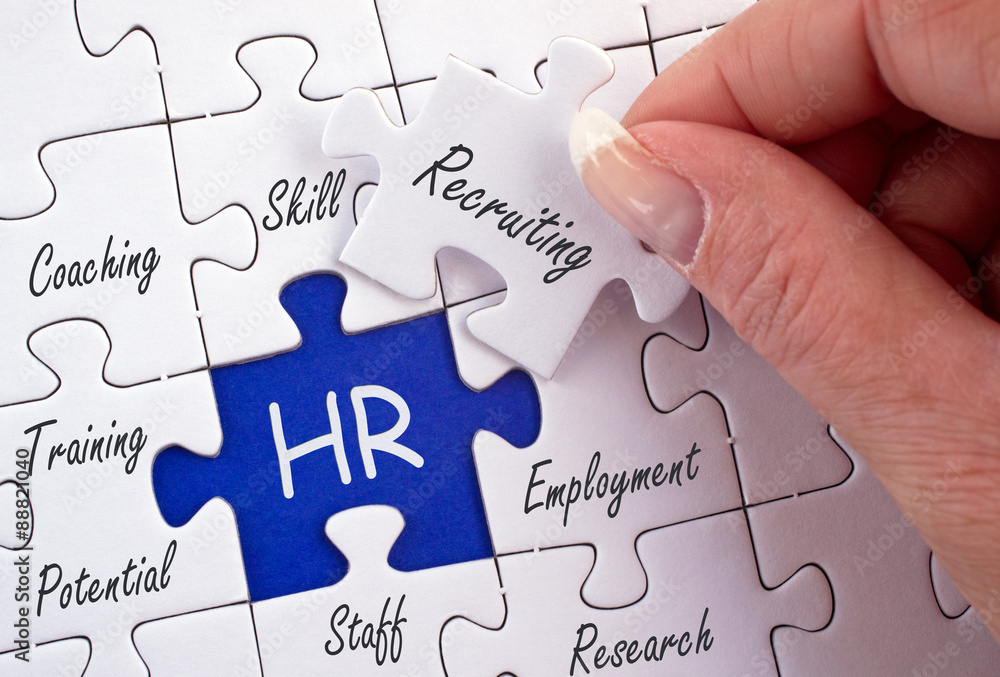Knowledge. Experience. Resources designed to advance your success.
5 Client Qualifiers – Ask The Expert – ROW President Mark Rowbottom
5 Client Qualifiers
Written by: Mark Rowbottom, President Recruiters of Wisconsin
The reluctance of hiring authorities to pull the trigger on a quality candidate can be a mind-numbing, hair-pulling, stress-laced experience for any recruiter.
Although, as you’ve probably discovered, there’s almost nothing you can say to company officials during the process that will speed it up, the questions you ask and what you do before the process begins. This is the key to avoiding another angst-riddled adventure.
By taking the time upfront to set clear and concrete expectations through communication, you can either 1.) Ensure a timely interview and selection process, or 2.) Identity the search as one that is going to involve a slow process and either prepare for it or turn it down. What follows are suggestions for setting those expectations, so that you don’t lose any more hair than you already have.
Below are five ways that recruiters can speed up the hiring process:
#1—Determine if filling the position is a priority.
If there’s no urgency attached to filling it, then you can expect a slow process. “ASAP” is NOT an acceptable answer if you ask the hiring authority when they want the position filled. (“ASAP” is code for “As soon as possible . . . but only if we’re absolutely, positively sure beyond a shadow of a doubt.”) Instead, ask them when they would like to schedule face-to-face interviews. That sets expectations right away. If they balk at setting up a preliminary interview schedule, there must not be that much urgency tied to the position.
#2—Identify the true decision-maker.
Some people appear to be the ones charged with making the final decisions when in actuality, they’re only secondary cogs. By first identifying—and then working closely with—the uber-decision maker, you’ll improve the chances that action will be taken more quickly. A corollary to this item involves determining the role of HR in the process and identifying when (or if) you’ll have to deal with them. Gathering this important data at an early stage will allow you time to plot the appropriate course of action and navigate the process as efficiently and successfully as possible.
#3—Educate the client about current market conditions.
There’s a good chance you’ve already attempted this option. Once again, though, it’s important to take this step at the outset of the process, not in the middle of it. Once the process is in motion, hiring authorities and company officials are less likely to step on the gas pedal. However, by having a frank discussion before the process begins, you can more successfully plant a seed in their collective heads—and hopefully, that seed will translate into speed.
#4—Secure a commitment.
You can’t expect company officials to proceed in a timely fashion if you didn’t receive a commitment from them to proceed in a timely fashion. You can’t hold them to a commitment that doesn’t exist. So, after discussing current market conditions with the hiring authority, secure such a commitment. If they give you one, great! You’ll probably have to reference it often once the process begins. If they don’t give you one, then you know what you’re up against if you accept the search.
#5—Set other expectations.
These revolve around communication throughout the entire process. Discuss when and how often feedback will be given, continually emphasizing the importance of keeping the lines of communication open. Tap into your role as a consultant and use your extensive experience to explain to company officials how and why you’ve had success with the techniques you’re promoting to them.
Bottom line: if there’s something you want them to do or something you expect should happen, be sure to discuss it upfront.



